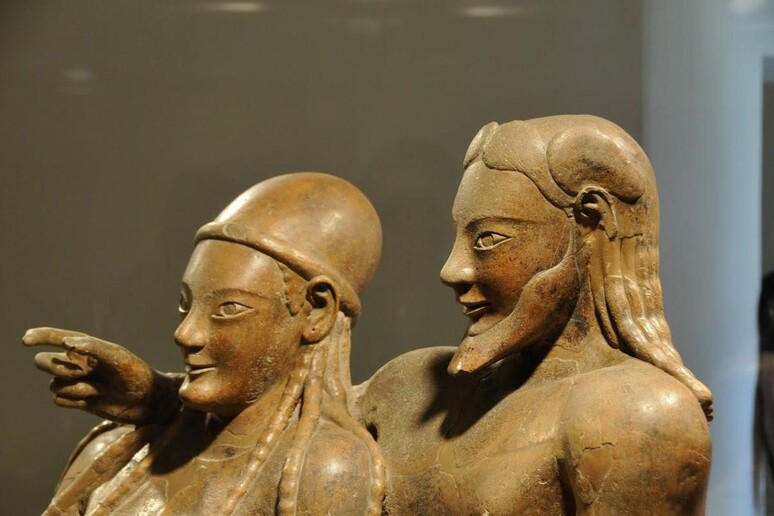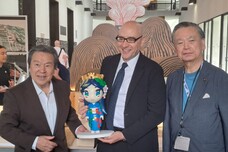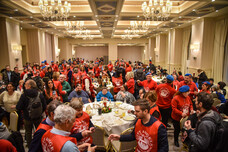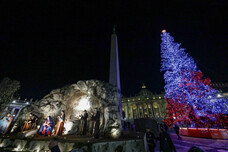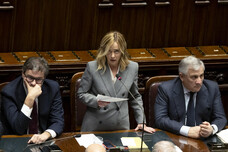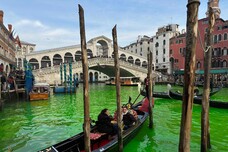A virtual reconstruction in 3D
of the famous late sixth-century BC Etruscan Sarcophagus of the
Spouses is at the centre of a groundbreaking twinning between
the National Etruscan Museum of Villa Giulia in Rome and the
Genus Bononiae history museum in Bologna.
Under the partnership, each museum will display key items
from the other's collection with an emphasis on the use of new
technologies in particular.
So starting Thursday visitors to the National Etruscan
Museum can take part in a virtual journey to Felsina, Bologna's
Etruscan forerunner, and admire a 3D reconstruction of the sixth
century BC bronze Situla della Certosa vase housed at the civic
museum in Bologna.
The display also includes symbolic objects such as a
funerary stele with scenes of the journey to the afterlife and
two masterpieces by the celebrated ancient Greek ceramic artist
Euphronios: the fifth-century BC Attic red-figured kylix, or
long-stemmed shallow wine cup, and a vessel showing Hercules and
Cycnus.
In addition, the female protagonist Ati leads the public on
a journey of discovery of the Etruscan site at Veio north of
Rome in the 3D animated film 'Ati alla scoperta di Veio', with
Italian actress Sabrina Ferilli providing the voice acting.
In parallel from Saturday Bologna's Genus Bononiae in
Palazzo Pepoli will host The journey after life. The Etruscans
and the beyond between masterpieces and virtual realities,
featuring, among other items, the lifesize 3D reconstruction of
the famous sarcophagus depicting a married couple reclining at a
banquet together in the afterlife discovered during 19th century
excavations at the Etruscan necropolis at Cerveteri near Rome,
realised by five teams of scientists coordinated by the
Inter-university super calculation consortium, CINECA.
Other masterpieces from Villa Giulia on show in Bologna
include ceramics and frescoes from the Tomb of the snow in
Tarquinia, Euphronios' krater, the ancient Greek terracotta vase
repatriated to Italy from the United States in 2008, and two
stone sculptures from Vulci and Cerveteri.
"(The twinning) is something more than an exhibition,"
general secretary of the culture ministry Antonia Pasqua Recchia
told ANSA.
"It is a futuristic project under the banner of innovation,
creative intelligence and future vision," she continued.
"The twinning shows how the diatribe between north and
south is useless and sickening and how a partnership between
different realities is possible in Italy too," Pasqua Recchia
added.
"The key line is technology: we are known throughout the
world for our creativity and conservation methods but too little
for our innovative technology, a formidable tool that has given
us extraordinary results over the last decade," she concluded.
"The exhibition sets out to rediscover the common thread
linking Rome and Bologna and their two museums," said
superintendent for southern Etruria, Alfonsina Russo.
"In particular, it opens the door to new technologies which
we must use increasingly to attract young people," she
concluded.
Both exhibitions run to February 22, 2015.
ALL RIGHTS RESERVED © Copyright ANSA
